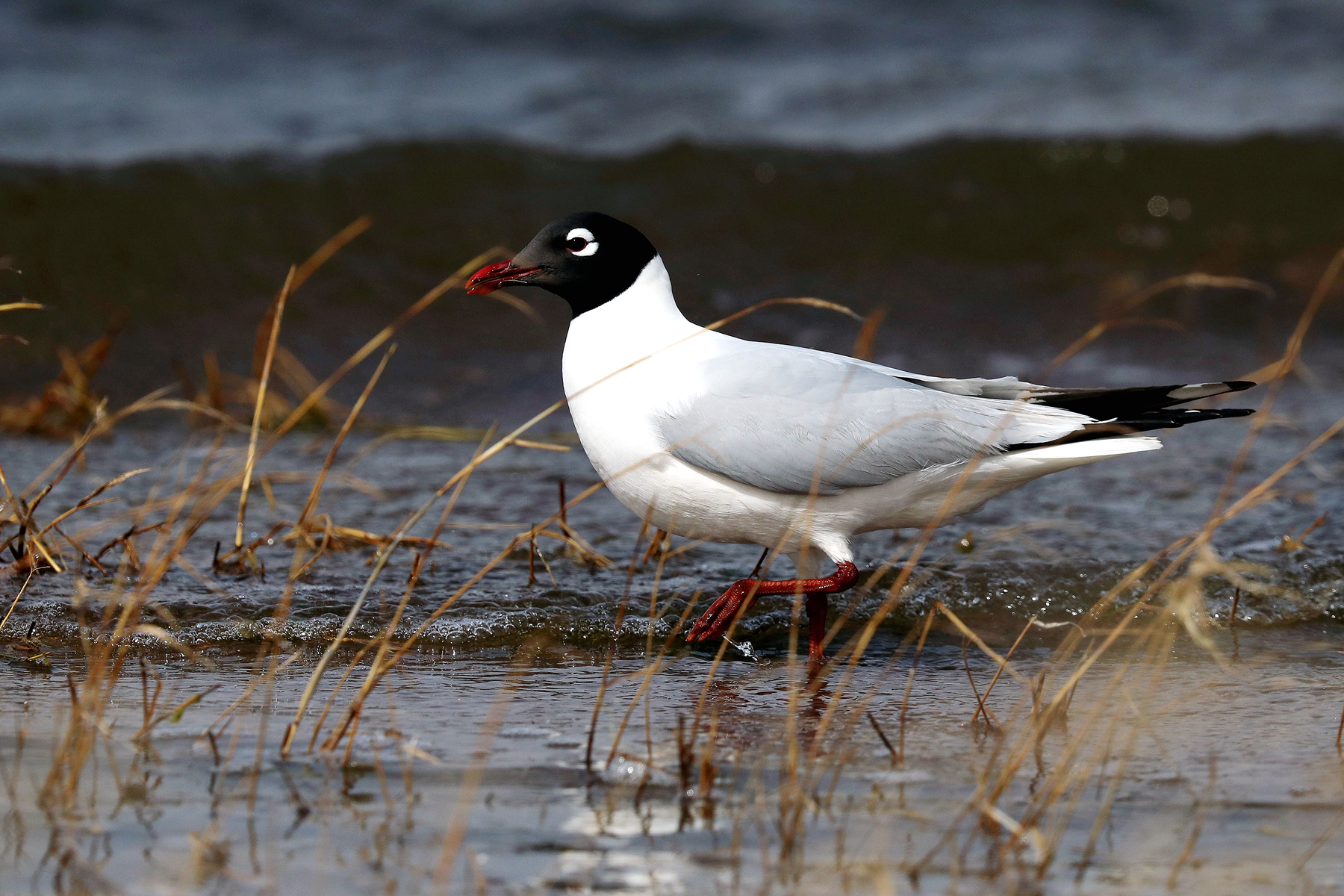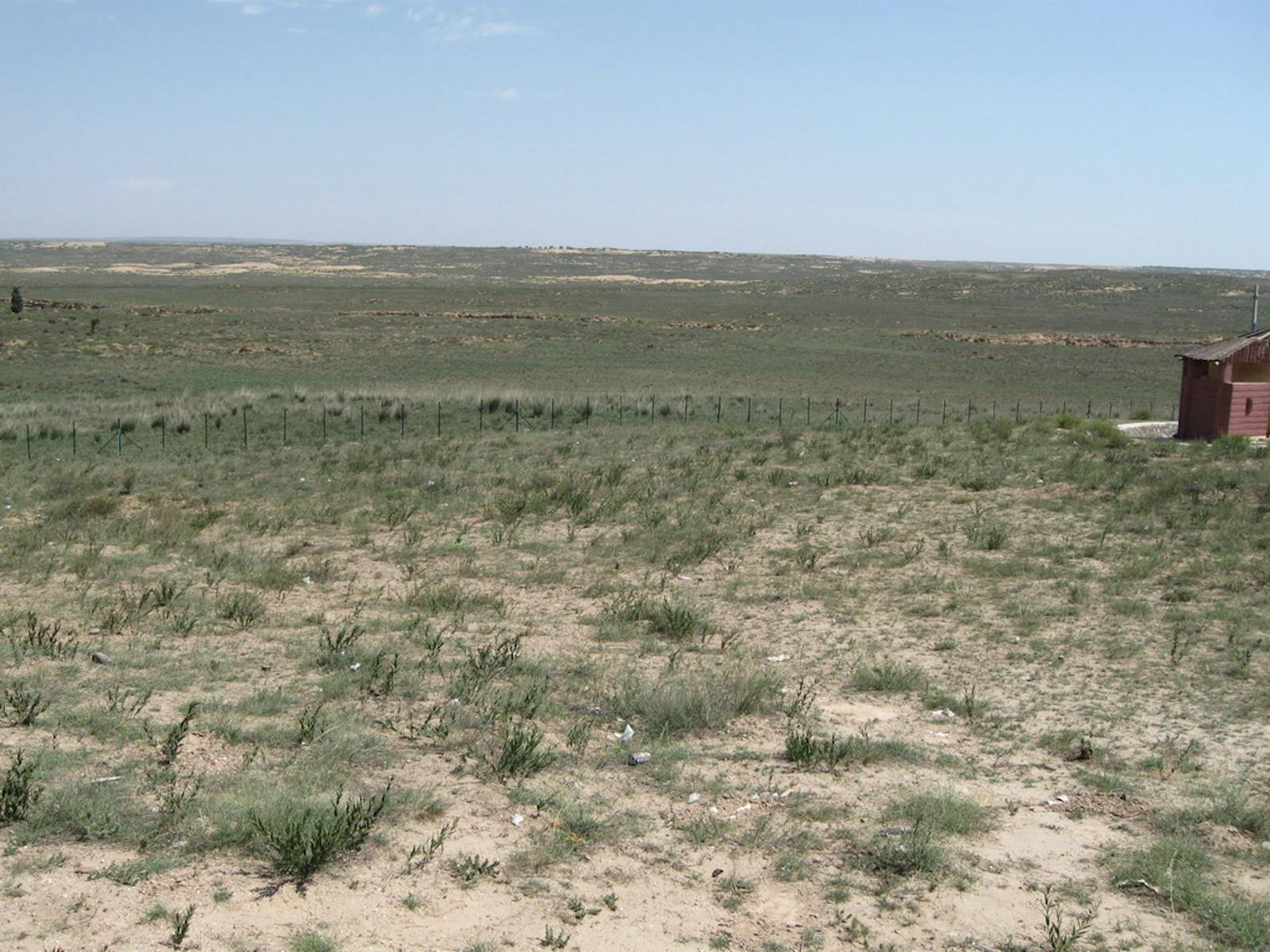Ordos Plateau Steppe
The ecoregion’s land area is provided in units of 1,000 hectares. The conservation target is the Global Safety Net (GSN1) area for the given ecoregion. The protection level indicates the percentage of the GSN goal that is currently protected on a scale of 0-10. N/A means data is not available at this time.
Bioregion: Ordos Plateau Steppe & Mountain Conifer Forests (PA42)
Realm: Eastern Eurasia
Ecoregion Size (1000 ha):
21,595
Ecoregion ID:
761
Conservation Target:
8%
Protection Level:
7
States: China
The Ordos Plateau lies within the Great Bend of the Huang He (Yellow River) in China. The Hobq Desert, in the northern part of this ecoregion, has mobile sand dunes 10–15 m high; the Mu’us Desert, in the southern part, is better supplied with ground water and holds steppe vegetation. Until recently, Bojiang lake basin, of the southern Ordos, provided nesting habitat for a quarter of the global population of relict gull, a vulnerable species. Nowadays, livestock grazing and the water demands of recently planted ‘greenbelt’ forest have reduced the size of this wetland habitat.
During winter, a reversal of the Asian monsoon fetches cold air from Siberia, borne on winds that blow unimpeded by vegetation or topographic relief, across the 1,500 m high Ordos Plateau. These winds also create flyover conditions for dust and sand, stripped from Gobi rock deserts to the west, to pass en route to loess deposition sites on tablelands to the east.

The flagship species of the Ordos Plateau Steppe ecoregion is the relict gull. Image credit: Creative Commons
Annual precipitation on the Ordos Plateau is 100–400 mm, most of which comes during summer. Westward, potential vegetation becomes more xeric in response to an increasingly arid climate. Stipa grasslands give way to shrub steppes of Caragana and Artemesia, which then transition to desert steppe. In the arid western part, plant species like Reaumuria soongorica cope with desiccation by retracting sugars into their stems, dropping their tiny leaves, and conducting stem-photosynthesis.
Forests once grew on the Yinchuan Plains of this ecoregion, at the margins of the Yellow River, but these were cleared for agriculture centuries ago. Today, Siberian elm and poplar grow near villages and trace the irrigation canals, while scrub willow lines the river margins.
Long ago, the Ordos Plateau steppe supported a guild of wild hoofed mammals: Przewalski’s horse, Asiatic wild ass, Przewalski’s gazelle, and wild Bactrian camel. Today these species are extirpated from this ecoregion after centuries of human subsistence activity.
Bojiang Lake Basin, in the Mu’us desert region of the Ordos Plateau, provides breeding habitat for about one-fourth of the global population of relict gull, a vulnerable species. The Ordos Relict Gull National Nature Reserve (147 km2) is dedicated to the conservation of this species and its habitat. Bojiang is also recognized as a wetland of international importance under the Ramsar Convention, in part because it is unusual for a region as arid as the Mu’us desert to support a wetland.
For centuries, Ordos Plateau steppe habitats have been vulnerable to desertification, which mobilizes sand, threatening agriculture and livestock pasture and reducing air quality as far eastward as Beijing. In recent decades, the desertification problem has become acute. For example, lakes of the Relict Gull Reserve declined in size by more than 80% between 1991 and 2014, and by 2016, hardly any relict gull visited the site because the islands on which they nest have become connected to the mainland.3 A water diversion project, completed in 2018, is intended to resupply the lake basin and may bring back some relict gulls.
Desertification has motivated bold efforts to plant greenbelt forests in order to reduce dust fall in China’s densely populated northeast. Initial tree planting efforts failed because the sand buried the seedlings before they were tall enough to arrest its movement. With advice from local people, the experts determined that the herb licorice, in the carrot family, can stabilize the dunes as a pioneer species, after which sand willow and poplar can be planted successfully.4 Perversely, water demand by trees of the green belt forests has caused the relict gull wetland habit to shrink even more.
Priority conservation actions for the next decade are to: 1) monitor restoration of relict gull habitat at Bojiang basin; 2) plant green belts that are diverse, drought tolerant, and similar in function to the native vegetation; and 3) plan for less predictable summer rainfall as induced by climate change.
Citations
- Chen, X.D. and Chen Z.X. 1998. The determination of ecotone and the characteristics of biome on Ordos Plateau. Acta Phytoecologica Sinica 4.
- Grandseere, A. 2014. Green Desert. Beijing Review 50. December 11, 2015.
- Liu, D., Cao, C., Chen, W., Ni, X., Tian, R., and Xing, X. 2017. Monitoring and predicting the degradation of a semi-arid wetland due to climate change and water abstraction in the Ordos Larus relictus National Nature Reserve, China. Geomatics, Natural Hazards and Risk: 8(2): 367-83



